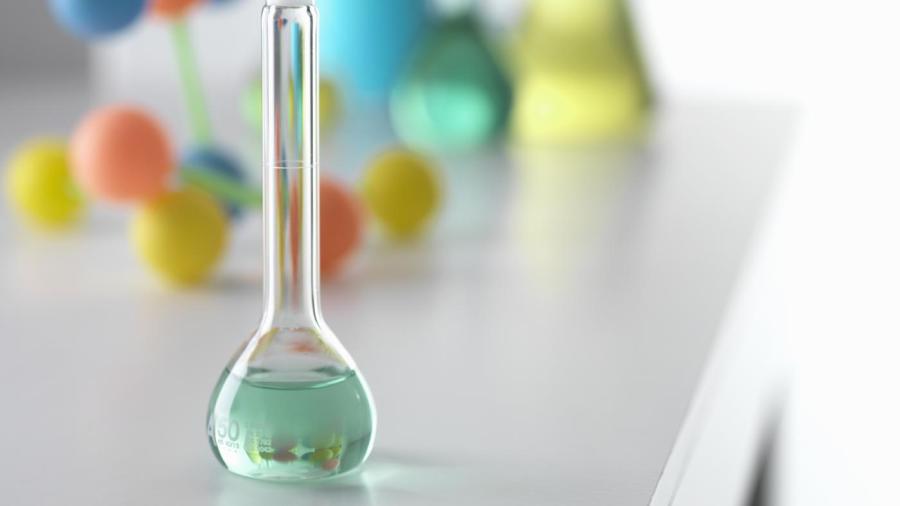What Are Types of Solutions in Chemistry?

There are three types of solutions in chemistry: gaseous solutions, liquid solutions, and solid solutions. These are equivalent to the three main phases used in chemistry.
Solutions are homogeneous mixtures, which means that the components form a single phase. The major component is called the solvent, and the minor components are called the solute. If both components in a solution are 50 percent, the term solute can be assigned to either component. When gas or solid materials dissolve in a liquid, it is referred to as a solute. When two liquids dissolve in each other, the major component is called the solvent and the minor component is called the solute
For gaseous solutions, if the solvent is a gas, the gases are the solute that can only be dissolved under a given set of conditions. An example of a gaseous solution is air. If the solvent is a liquid, gases, liquids and solids can be dissolved. An example of a liquid solution is an alcoholic beverage, such as vodka — a solution of ethanol and water. If the solvent is a solid, gases, liquids and solids can likewise be dissolved. An example of a solid solution is an alloy, such as bronze or brass.





